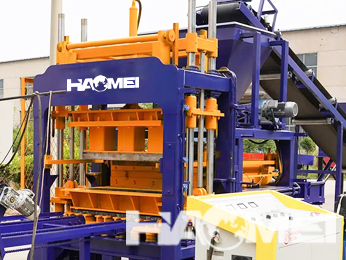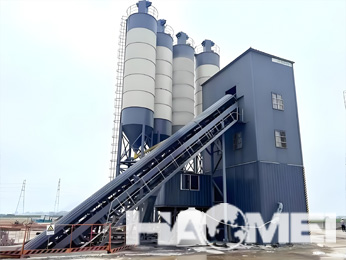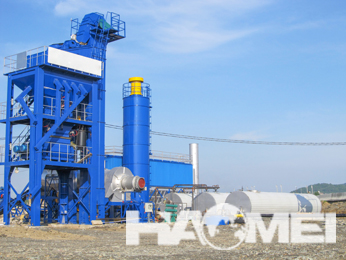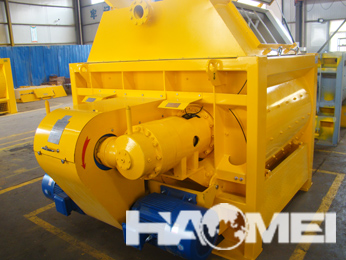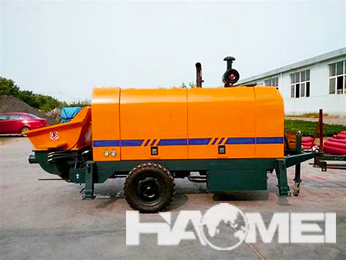
News
Hot Products
Self-Loading Concrete Mixer Capacity in China
Self-loading concrete mixers, which integrate automatic loading, mixing, transportation, and unloading functions, are becoming increasingly vital in modern construction—especially for small to medium-sized projects, remote site operations, and scenarios requiring flexible concrete supply. Among the various performance metrics, “capacity” stands out as one of the most critical considerations for users.
The capacity of a 360-degree rotating self-loading concrete mixer is not a single metric, but rather a comprehensive parameter system consisting of:
Structural volume (the geometric space of the drum)
Effective volume (the actual material mixing capacity)
Production efficiency (output per unit time)
Common Capacity Classifications of Self-Loading Concrete Mixers in China
| Model Type | Rated Mixing Capacity (m³) | Common Applications |
| Small Models | 1.2 - 2.0 m³ | Rural construction, indoor flooring, landscaping, etc. |
| Medium Models | 2.6 - 4.0 m³ | Township roads, small residential buildings, bridges, etc. |
| Large Models | 5.0 - 6.5 m³ | Urban infrastructure, bulk concrete supply, on-site batching |
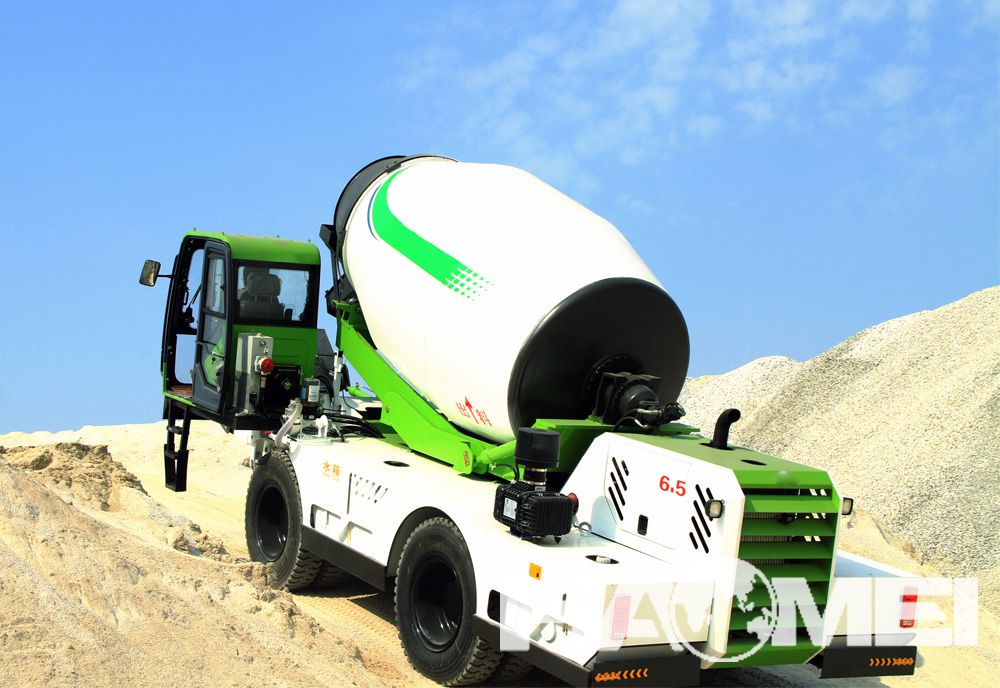
Strategic Selection: How to Match the "Just Right" Capacity?
Choosing the proper capacity for a self-loading concrete mixer is not about going bigger—it requires a holistic, dynamic evaluation:
1.Project Scale & Daily Demand Assessment
Estimate total volume, project duration, average and peak daily concrete needs.
2.Jobsite Conditions vs Maneuverability
Narrow sites, limited turning radius, or low ground load-bearing may restrict large machines. In such cases, moderate capacity with agile mobility is a smarter choice.
3.Material Supply Compatibility
Can water, cement, sand, and aggregates be supplied fast enough to keep up with production? If supply is the bottleneck, large capacity won’t translate into efficiency.
4.Economic Analysis
Consider purchase cost, operational expenses (fuel/electricity, labor, maintenance), ROI, and risk factors to balance cost-effectiveness.
Capacity Selection Technical Metrics
Concrete Productivity Formula:
Q=V×η×tTQ = \frac{V \times \eta \times t}{T}Q=TV×η×t
Where:
V = rated capacity
η = fill coefficient (typically 0.65–0.7)
t = operating time
T = mixing cycle time (usually 90–120 seconds)
Energy Consumption Comparison:
| Capacity (m³) | Power (kWh/m³) | Fuel Consumption (L/m³) |
| 0.5 | 2.8-3.5 | 1.5-2.2 |
| 3.0 | 1.9-2.8 | - |
| Note: Data are reference values and may vary by equipment model and working conditions. | ||
Future Outlook: Smart, Custom, and Green Define the New Capacity Paradigm
1.Smart Dispatching
AI-driven systems optimize real-time operations including loading sequence, mixing time, and routing to maximize productivity.
2.Modular & Custom Designs
Future innovations may include modular mixers with adjustable capacity, or tailored models for specific job conditions.
3.Green Energy Impact
Electric drives and hydrogen fuel systems will reshape powertrain design, influencing the balance between capacity and output efficiency.
4.Fully Autonomous Operation
Unmanned self-loading mixers coordinated via centralized control systems may revolutionize batch production and concrete delivery clusters.

